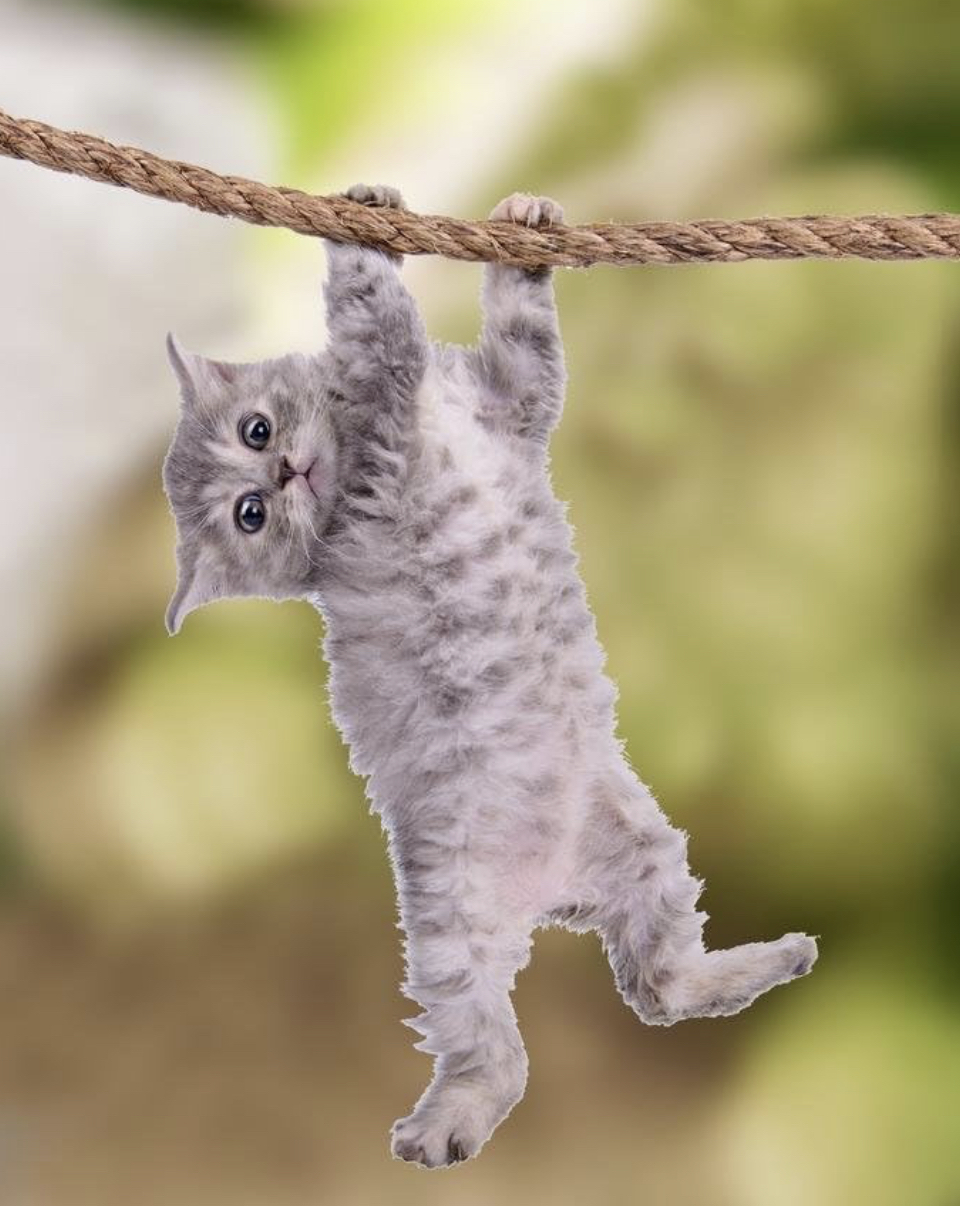I used to have shin splints, too, to the point that my bone started grow around them. I still can feel the bump, years later. I don't know what actually fix it, but I have a working theory. I started doing body weight exercises (/r/bodyweightfitness, the Recommended Routine), yoga and switched to minimal shoes. All of these things strengthen the muscles of the foot and legs, making it so the muscles that cause shin splints don't have to work so hard.
I would say start doing all the squats, with weight if you can, or pistol/shrimp squats. Work on one-legged standing poses in yoga, warrior 3, dancers pose, etc. Run shorter distances more often.
Just my experience, ymmv
hmmm, weightlifting and a good diet with caloric restriction would be way less taxing on your body than cardio, especially running. running takes quite the toll on your lower body, more so when you're overweight.
if you keep getting injured while running I'd suggest looking into something else. being out of shape can be something that's momentary but recurring injuries can follow you for the rest of your life.
the Recommended Routine is great and very easy to follow, but i get not wanting to over complicate things. Do it two or three days a week, then running/yoga on your rest days. I got better at running by focusing on strength training and just running as filler.
Look into intermittent fasting, too. It was the magic bullet for me back when I started getting serious with my fitness journey. different folks, different strokes. o7
I think the concrete paths issue might be your biggest problem. Also ramping up the number of runs too quickly. I've had shin splints that felt like my leg was going to split in two and it was because I bumped up my routine from 3 runs a week to 5 while running on asphalt.
Can you avoid down hill portions? Those seem to be the most stressful on my legs for me.
Also, I only have access to concrete paths.
Yeah that'll do it unfortunately, unless you have super nice running shoes, which I'm pretty sure you've found out are very expensive. You could try strengthening the muscles in your feet, legs and glutes with specific exercises and see if that helps.
That concrete is very likely to be what's causing it, asphalt is slightly better. Running too soon after shin splints can also cause recurrence. In practical terms, you may need to to switch to biking or roller-skating or something. Maybe get access to better paths somehow. The other option is to force your running form to change.
In terms of running form, heel-striking is worse in terms of injuries and you want to do forefoot-strike if possible (landing on the balls of your feet). The problem with heel-striking is that you can land very hard on your heel with little discomfort, this is both inefficient and may cause shin splints. Landing on on the balls of your foot forces you to not land as hard; early on this will feel weird as you're forced to "pull your punches" when landing but as your running form improves you'll be able to reuse the energy to move forward.
Shoes are very hit or miss in terms of helping shin-splints. It's different for everybody whether types of shoes help them or not. I wouldn't get new shoes for shin-splints but if you get new shoes for other reasons then try them out.
Well crap. The only other thing I can think of is to minimize dynamic load. Basically land with your foot but continue falling forward for a moment, and only then push off. It separates the forces from landing and the forces from driving yourself forward. It's difficult to do consistently though, even with decent experience.
You are heelstriking/over-striding, try running with no shoes on the pavement with your current form, either you will fix your form, or your feet will be in excruciating pain. When you wear huge padded running shoes, your body can slip into bad form without any feedback in your feet, but that allows for a lot of stress in your shins and knees. Basically, find a way to run that doesn't hurt your bare feet on pavement and that will be "correct" form and you will never get shinsplints again.
I've read about barefoot runners who use thin soled running sandals like the natives in... was it central or south america, anyway they are well known for their often, long distance runs.
I'm not suggesting that you run barefoot everywhere, just that you find an area of clean pavement to practice and fix your form. If you heelstrike barefoot on concrete you will instantly feel it hurting and your body will correct its form, trust me, its alot harder to explain correct form than it is to let your own body feel it.
Shin splints could be a passing phase. Two weeks after I started running track in high school, I got terrible shin splints. They lasted somewhere between a week or two. I'd say take it easy on yourself, but don't give up completely. You are switching from not regularly stressing those muscles, to regularly pushing them to the point you are short of breath and your blood-oxygen levels drop.
When your muscles aren't receiving enough oxygen from the bloodstream, they start to produce it themselves through a chemical process which produces lactic acid. This lactic acid causes soreness, and combined with the wear on your muscle tissue from exercise (what causes them to grow in the first place) it can also lead to swelling. The growing/swelling muscles will shift and this shifting can cause them to pull on your tendons from a slightly different angle (and with more strength) leading to your tendons becoming stressed and healed over in a similar process.
The whole thing hurts and it can take a few weeks to go through.
Of course, there could also be something else going on.
do you stretch after running? and/or are you starting off by jogging for a long time? every time I start running again in the spring I have to take it easy at the beginning or it just fucks my legs up
i also want to say that I've found biking to be a lot easier on my body, especially if all you have access to is concrete paths.
yeah i get that, but you know if it works for you unless you try. when my shins feel tight and sore after i start running again, I've noticed that stretching helps. I've also felt that just jogging through the tightness can also help me, but I'm not a doctor so idk anything lol 🤷♂️
moving stretches on running days (forget the exact term)
i think dynamic stretches is the term. again I'm not a doctor, but maybe you should look up some dynamic stretches to do before and some static stretches to do after and see if it helps
Depending on your age this could be something called Osgood–Schlatter ("growing pains"). I had this in HS, and it was extremely painful to the point that I had trouble going down flights of stairs, and they ended up putting me on a Rx strength painkiller for a while until it subsided. You could get your aerobic training in on an elliptical or stationary bike in the mean time. I actually really the recumbent bikes because you can sit there and read while you pedal, the only problem is that to get one that has a decent design of the magnetic/flywheel mechanism in your home, you will be spending a small fortune. I always felt that running had a pretty brutal effect on my body and I never felt good after doing it, although training to do a "neutral strike" also helped a little bit for me, personally.
It might be worth looking into doing some stretches as mentioned in the wiki article (citation 18 looks like a solid source):
Prevention
Example of how to stretch the quadriceps muscle.[6] One of the main ways to prevent OSD is to check the participant's flexibility in their quadriceps and hamstrings. Lack of flexibility in these muscles can be direct risk indicator for OSD. Muscles can shorten, which can cause pain but this is not permanent.[17] Stretches can help reduce shortening of the muscles. The main stretches for prevention of OSD focus on the hamstrings and quadriceps.[18]
I had shin splints, I took up baroque dance. Minuet looks fancy but your calves will feel the burn.
I run long distances and I used to have lots of problems with shin splints and more. Everyone's advice here are things that I've tried and they work. What I'd add is that you should try looking at your legs sequentially to see what you can improve, starting from the feet and going up. Eg. Do you have flat feet? Any ankle deformities? Do you have any swellings in your shins? Any knee deformity/instability/pain? Any weakness in your quads/hamstrings? Any issues with your hips? Are your glutes engaged when you run? etc. You might need to consider things like knee straps or insoles for extra support. For shoes, this time of year is usually good for specials since shoe companies will begin releasing their 2021 models for shoes, meaning stores will want to get rid of their 2020 stock. There might be some places selling 2019 shoes which should be even cheaper, and the reality is they're barely any different to the new shoes anyway so they'll still be high performance and last for years.
At the end of the day, the biggest thing is that you start slow. Walking half a mile a day is better than doing a 3.5 mile jog once a week and being in excessive pain.





